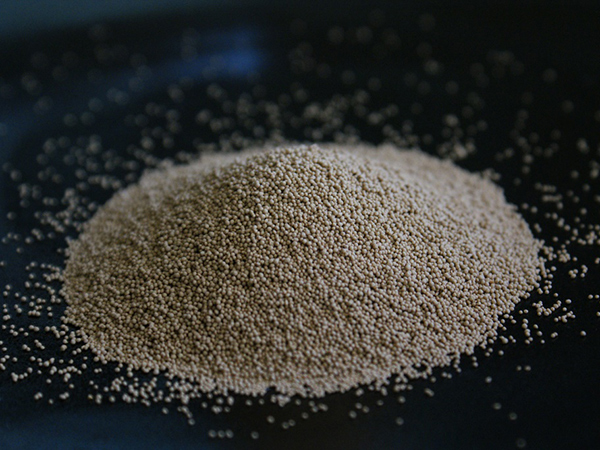The Sand Cast A Journey Through Art and Nature
The sand cast is a fascinating artistic technique that intersects the realms of sculpture and nature. It involves capturing the ephemeral beauty of sand, transforming it into a lasting piece of art. This process, steeped in history, embodies not only the tactile experience of creating with one’s hands but also symbolizes the interplay between permanence and impermanence in life.
The technique of sand casting dates back thousands of years. Ancient artisans used this method to create tools, weapons, and decorative items. The basic principle involves creating a mold from a compacted form of sand, into which molten material—often metal or resin—is poured. Once the mixture cools and solidifies, the sand mold is broken away, revealing the intricately detailed form that was hidden within. This process beautifully illustrates the transformation of a transient medium, like sand, into something enduring.
In contemporary art, artists have redefined the sand casting process, exploring its potential as an expressive form. The use of natural materials, especially sand, allows for a deeper connection to the environment. Artists often choose specific locations along beaches or riverbanks to source their sand, imbuing their works with a sense of place. The unique characteristics of the sand—its texture, color, and even the grains’ mineral content—greatly influence the final piece.
One prominent figure in the world of sand casting is the Brazilian artist Mário Cravo Neto. His sculptures, which often incorporate elements of nature, draw from the African and indigenous cultures of Brazil. Cravo Neto’s works embody themes of life, death, and spirituality, reflecting a profound reverence for the natural world. By melding sand casting with personal narratives and cultural stories, he elevates the practice beyond mere craftsmanship to a form of storytelling.
the sand cast

Moreover, sand casting offers an opportunity for collaboration between artists and communities. In many coastal towns, local artisans work together, often involving children and aspiring artists in the process of creating sand casts. This communal approach fosters a sense of belonging and shared purpose. Workshops and classes allow participants to explore their creativity while learning about the importance of tradition and craftsmanship.
The aesthetic appeal of sand casts lies not only in their visual qualities but also in their tactile nature. When one encounters a sand-cast sculpture, there’s an instinctive urge to touch it. The smooth surface, rough edges, and the warmth of the material invite interaction. This sensory engagement encourages viewers to reflect on their relationship with nature and the materials that surround them.
However, the transient nature of sand casts also serves as a poignant reminder of life’s impermanence. Often, these artworks fade—erosion from wind and waves gradually wears them away. This cycle mirrors the human experience, reminding us that all things, including art, are subject to change and decay. The ephemeral quality of sand casts provokes contemplation about legacy and memory. What remains when physical forms disintegrate into the elements? How do we preserve the stories and meanings intertwined with our creations?
Environmental concerns also play a critical role in the conversation about sand casting. The extraction of sand for industrial or artistic purposes has led to significant ecological consequences. Some artists advocate for sustainable practices, sourcing sand ethically and raising awareness about the environmental degradation associated with sand mining. This aspect of the sand cast movement resonates deeply with contemporary environmental challenges, urging artists and communities to reflect on their impact on the planet.
In conclusion, the sand cast is more than just a technique; it is a profound exploration of art, nature, and human experience. It invites us to consider the relationship between creation and decay, permanence and transience. As artists continue to innovate within this medium, they remind us of the beauty that lies in the fleeting moments of life. Through their works, we are prompted to engage with our environment, celebrate our collective cultural heritage, and reflect on the legacy we leave behind. The sand cast, in all its forms, serves as a bridge between the past and the future, grounding us in the present moment while reminding us of the beauty and fragility of existence.
Post time:окт. . 06, 2024 20:21
Next:sand casting foundries
